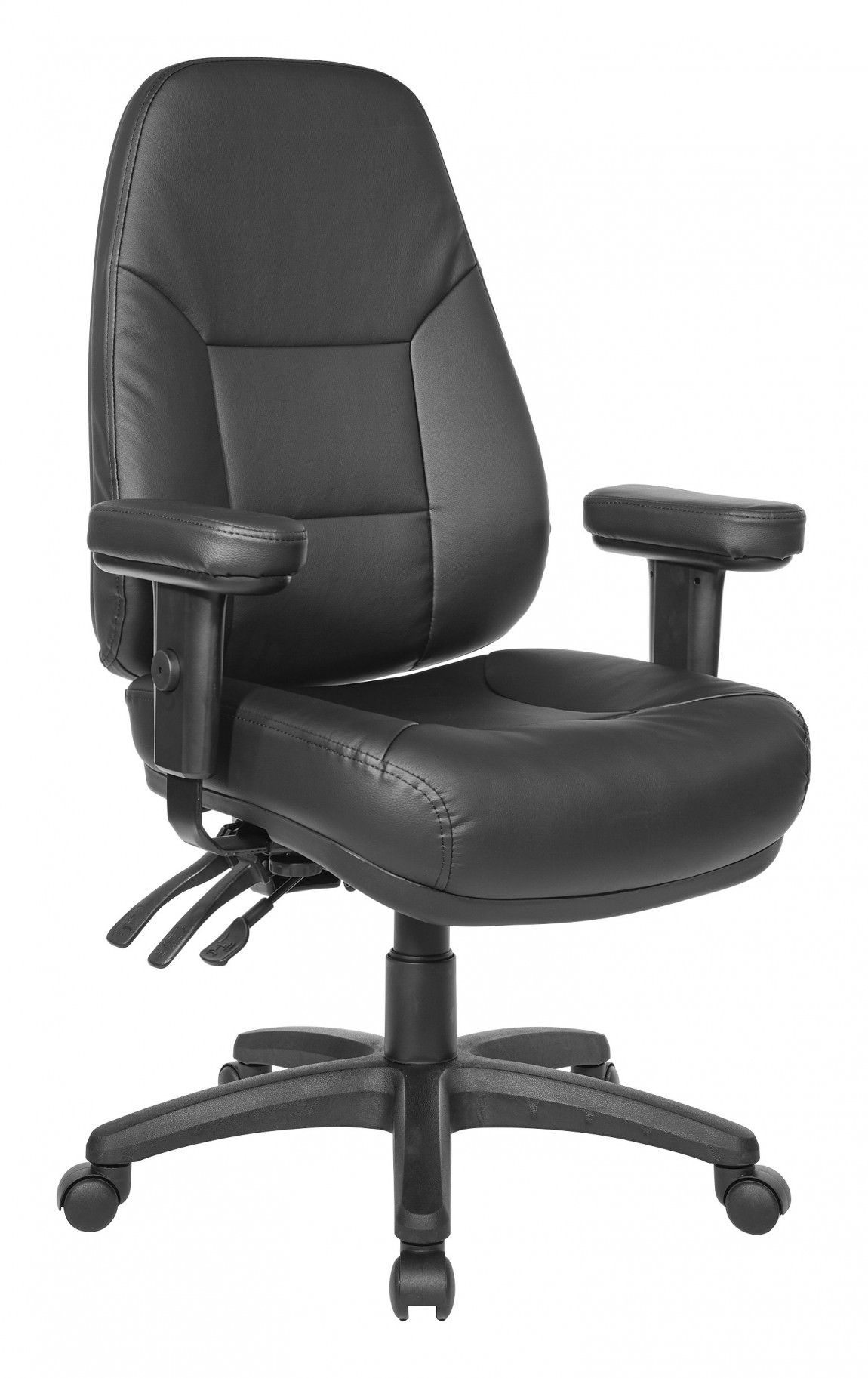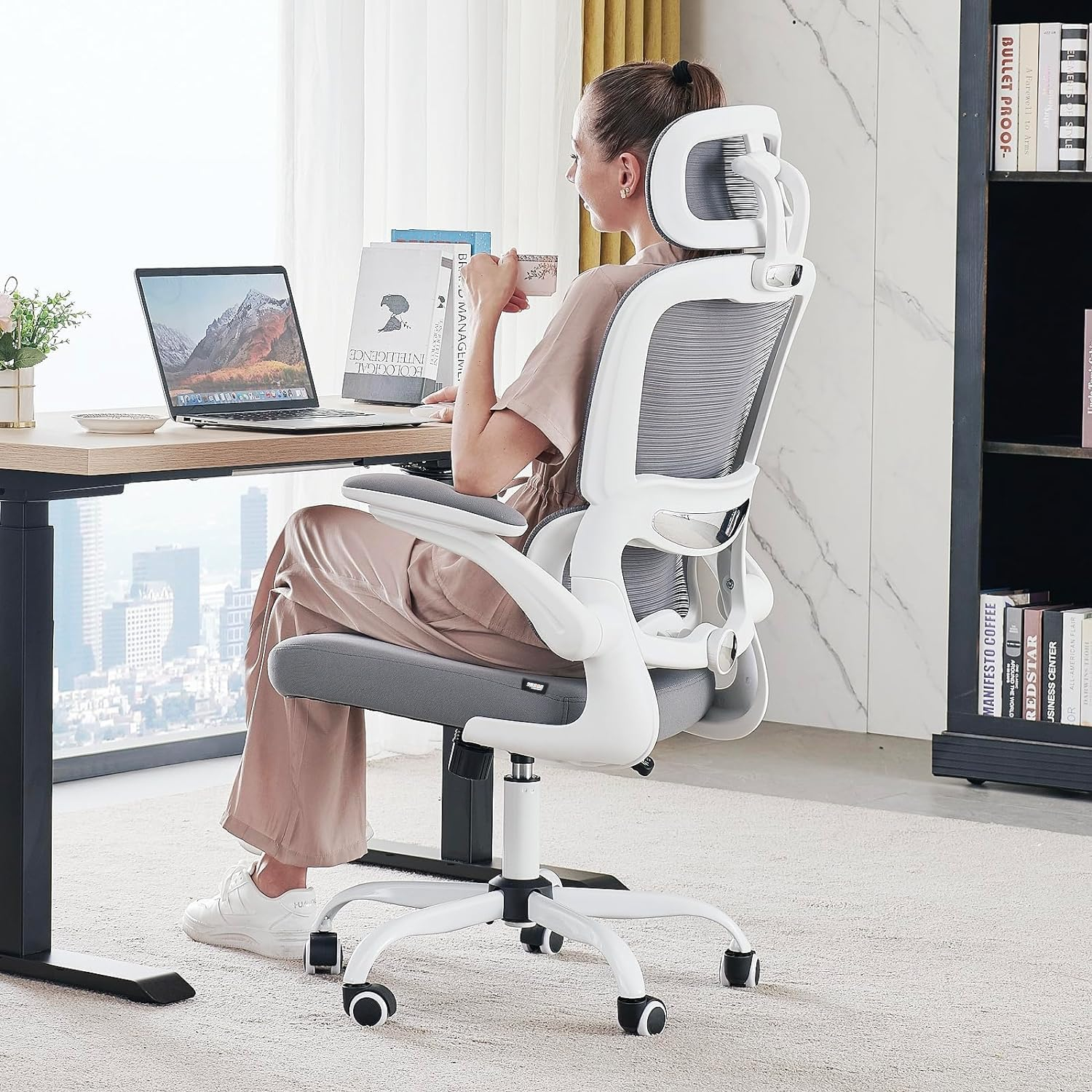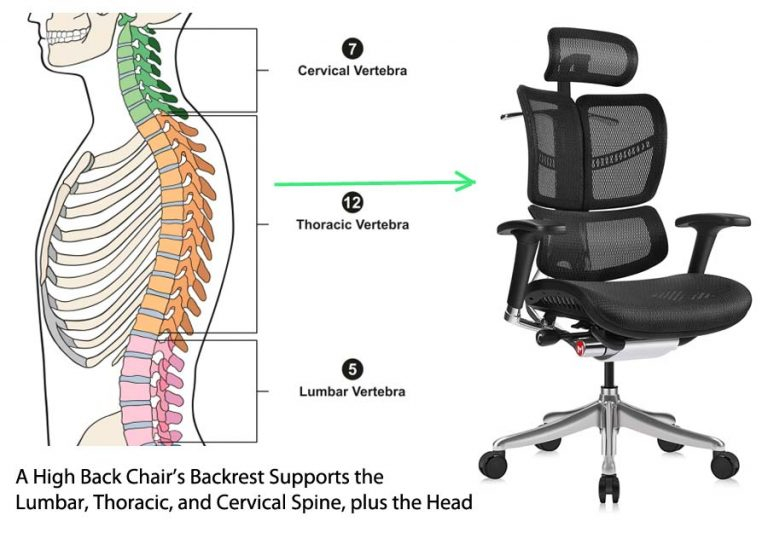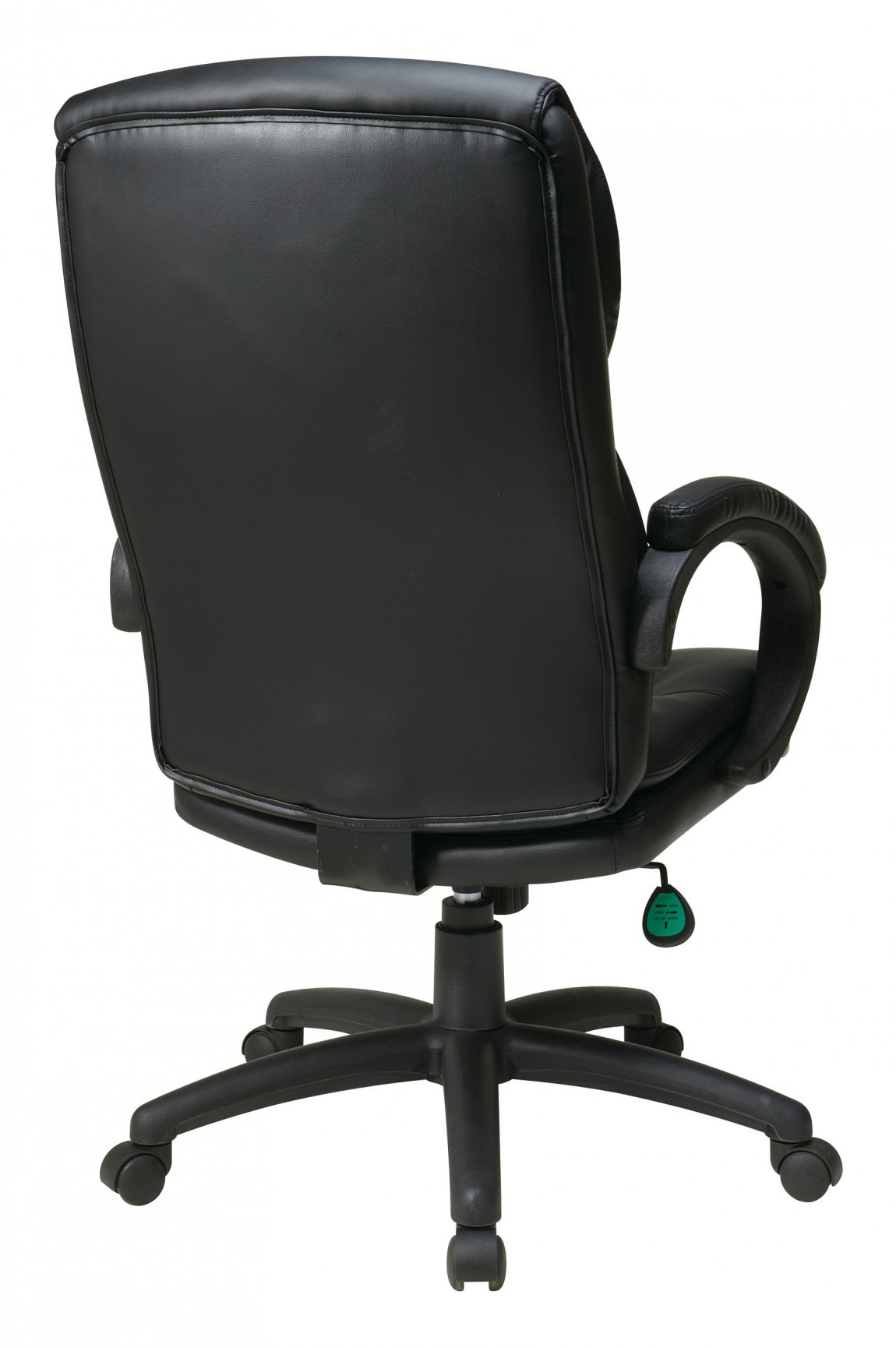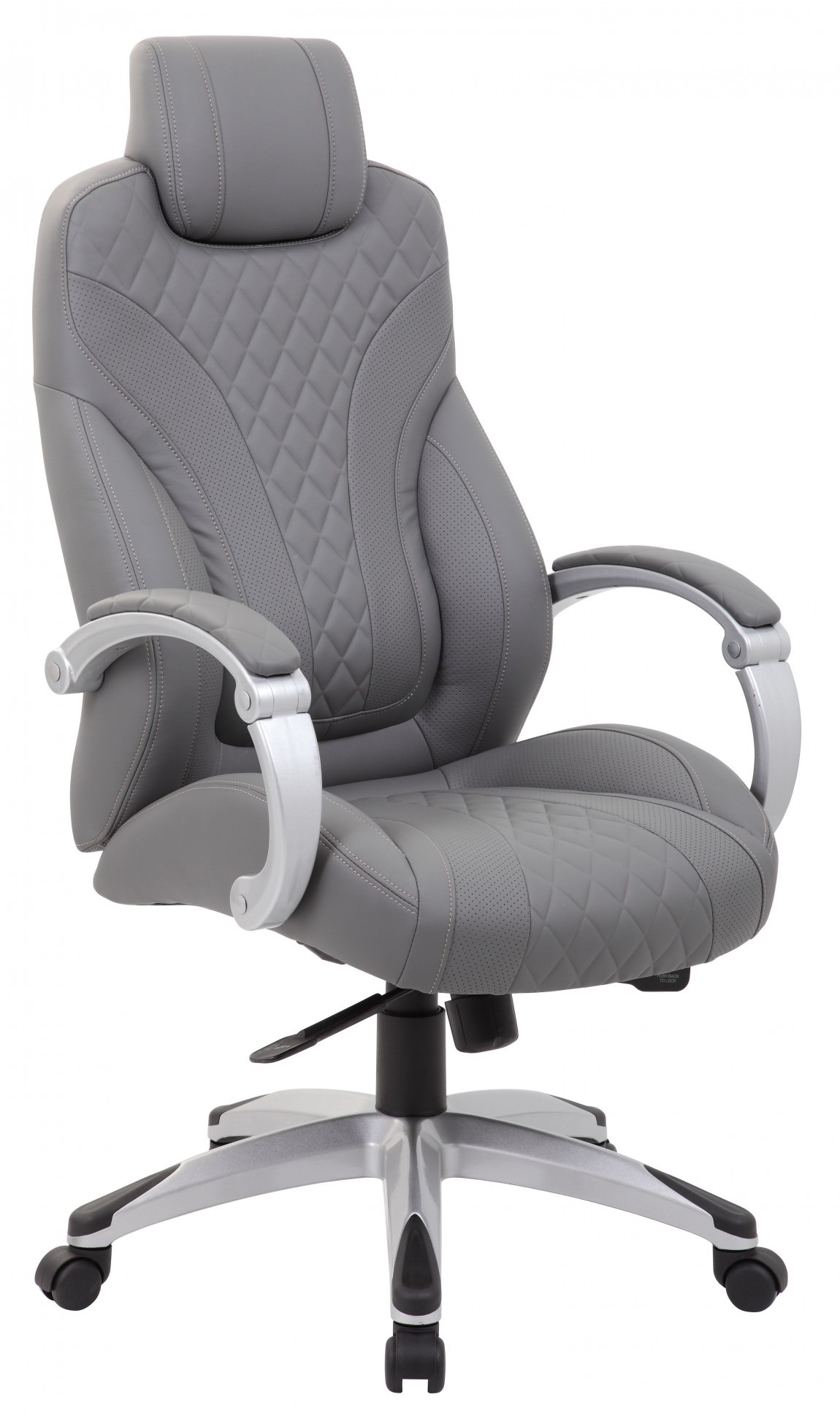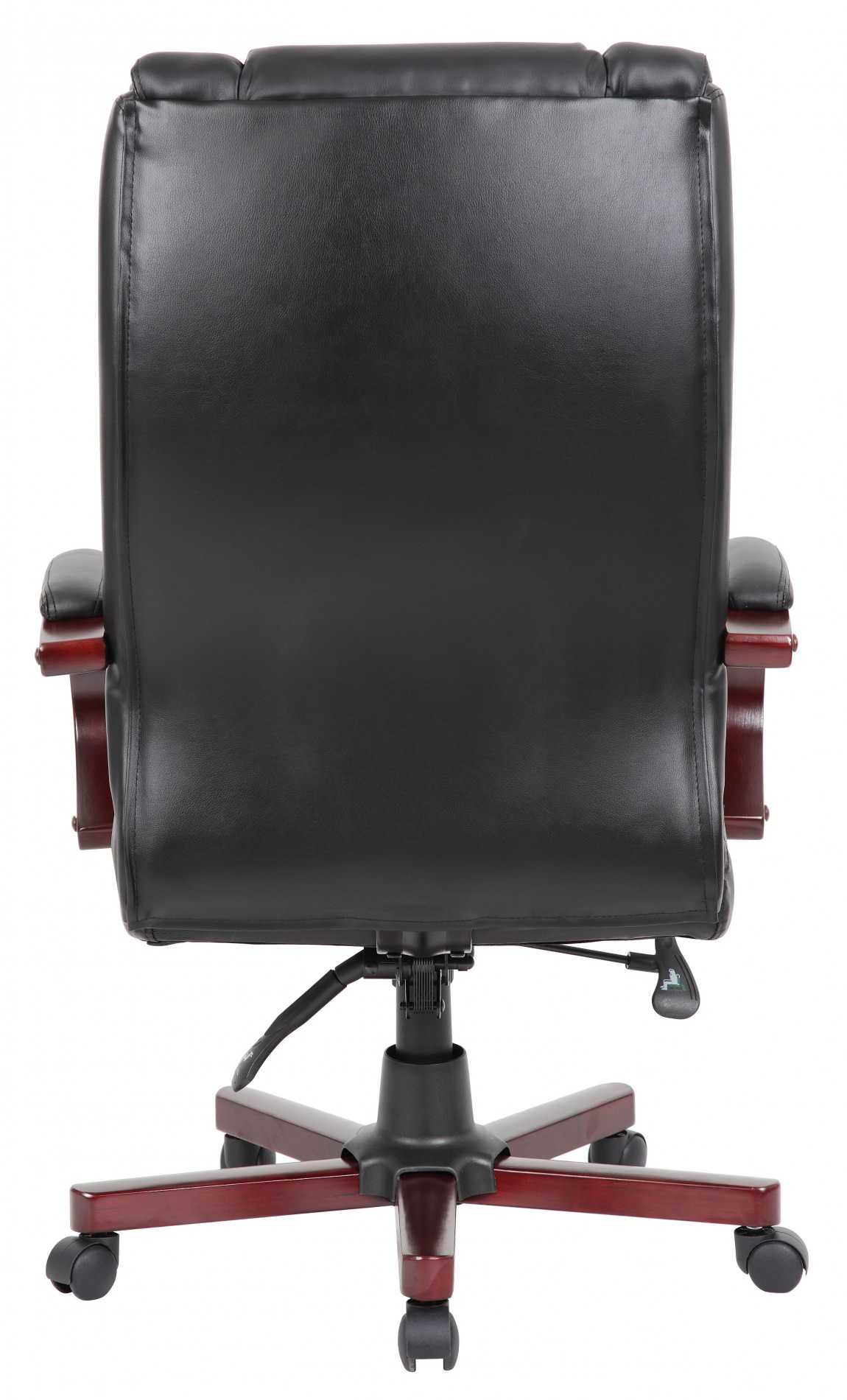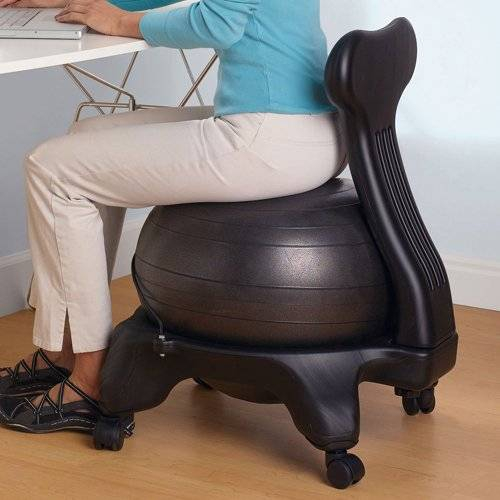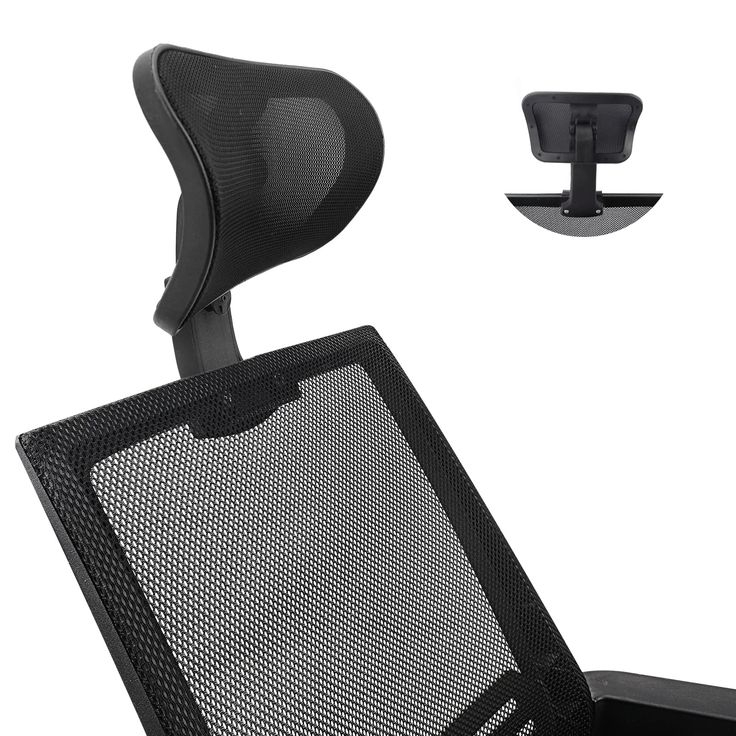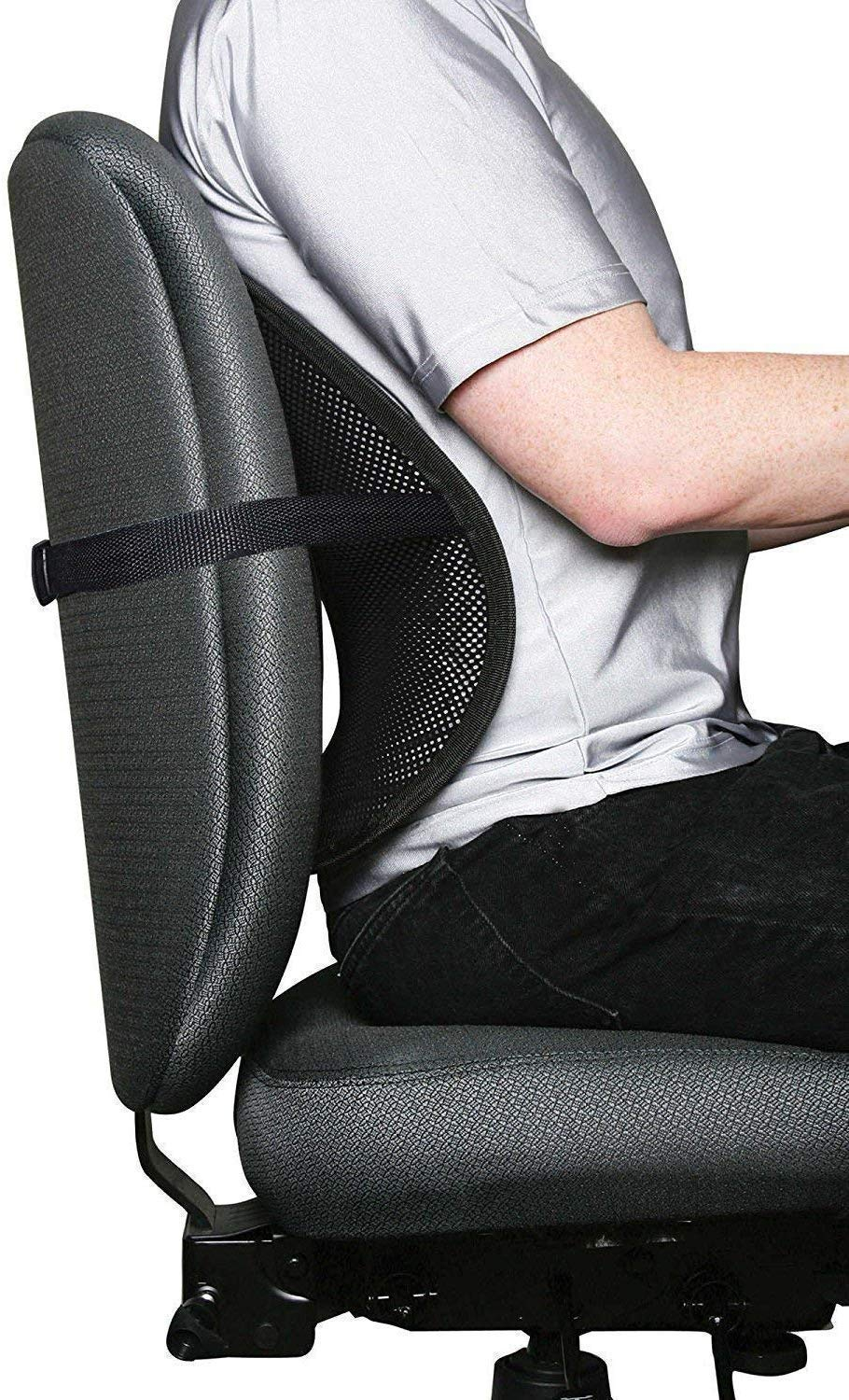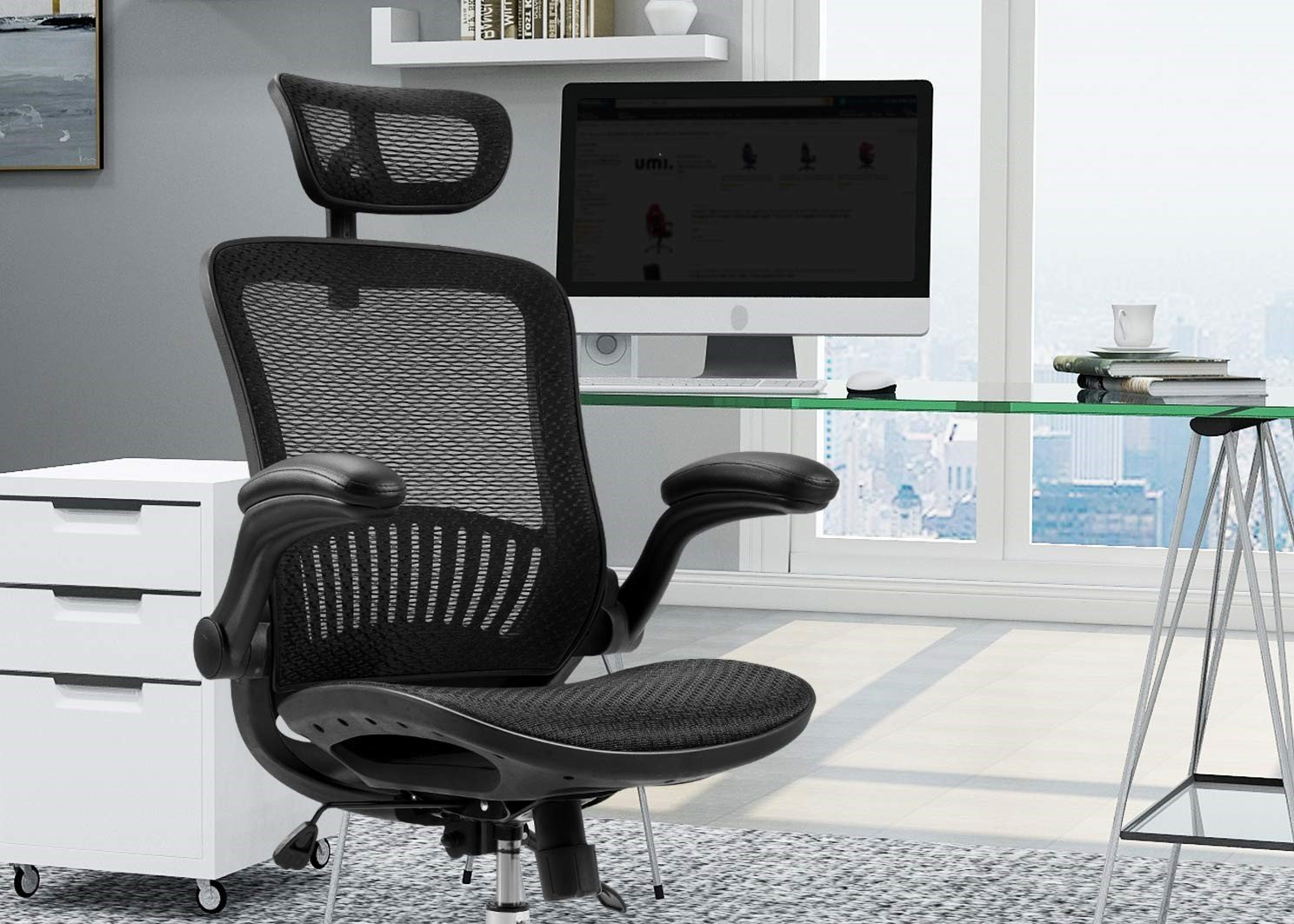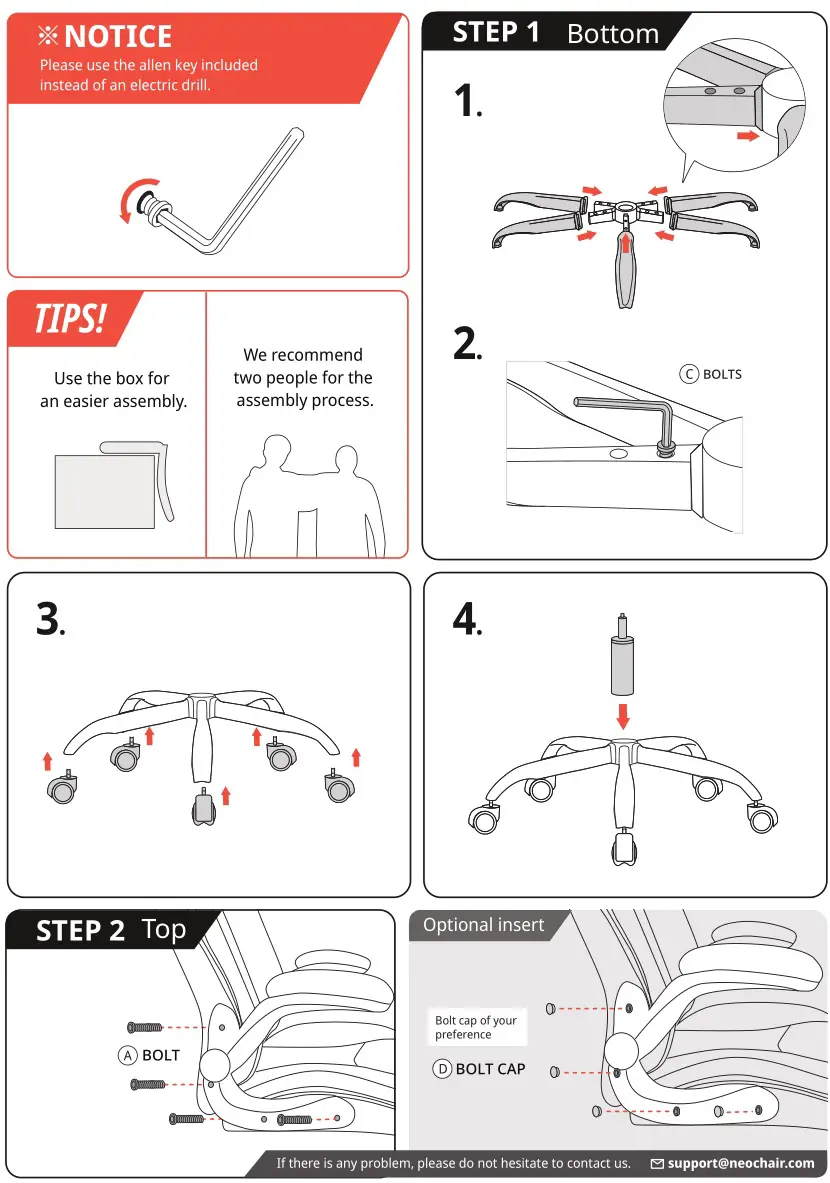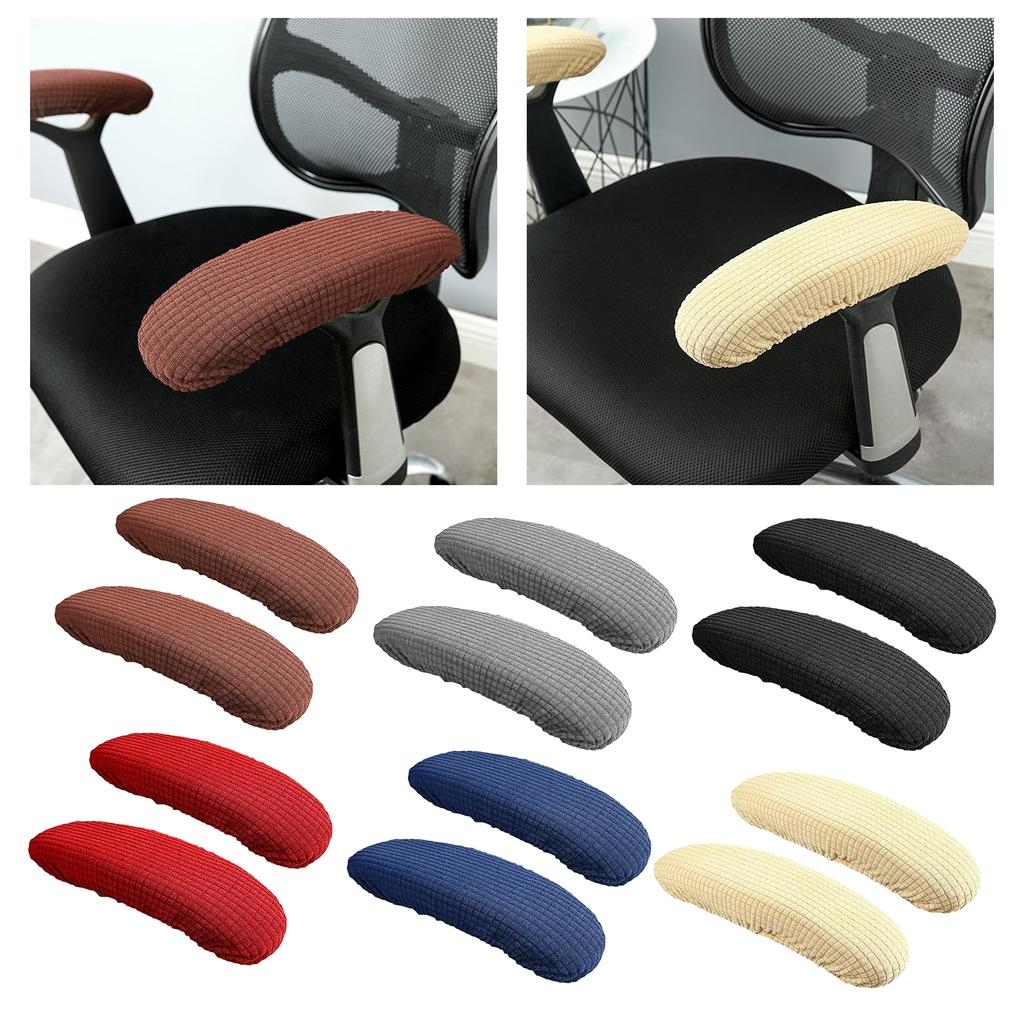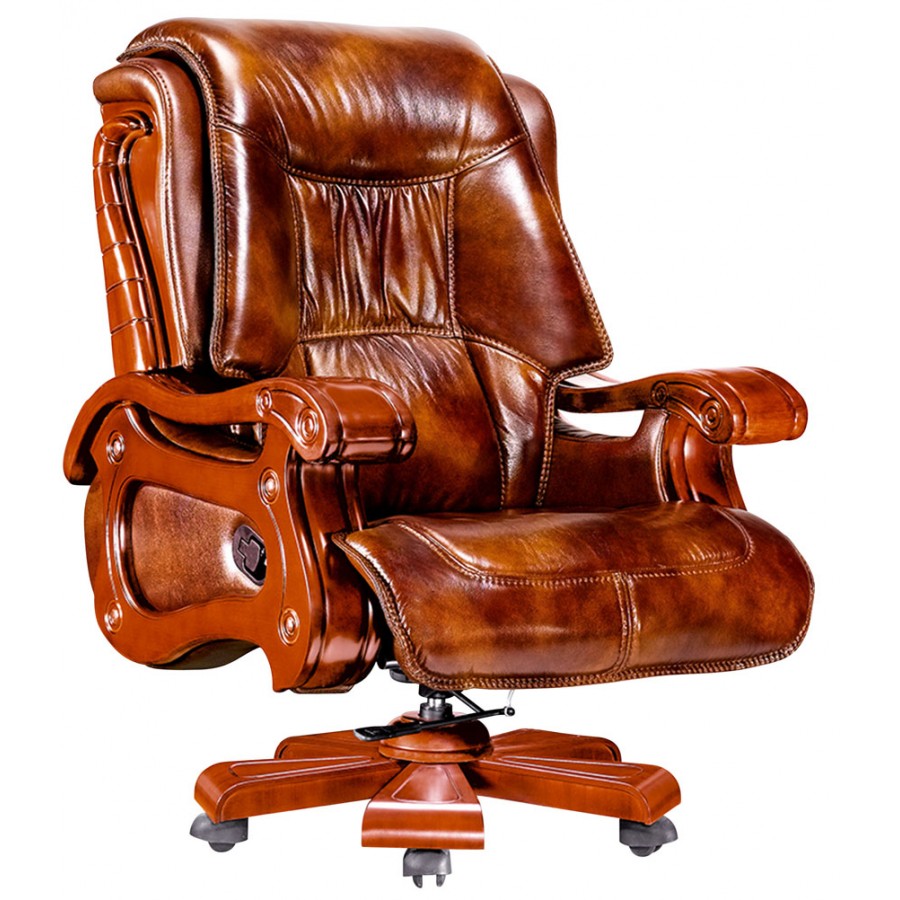We spend a huge chunk of our lives sitting, especially when we’re at work. It might seem like a simple act, but the chair you choose, and how you use it, can have a surprisingly big impact on your body over time. Let’s take a look at the long game when it comes to office seating and your overall health.
Think about your office chair. Is it just a place to rest your backside, or is it a silent partner in your daily grind? For many of us, it’s the latter, and often, not in a good way. We’re talking about the long-term effects of prolonged sitting and how the right seating choices can be a game-changer for your health and happiness. It’s not just about comfort for a few hours; it’s about preventing aches, pains, and more serious issues down the road. So, let’s dive into what really matters when it comes to office seating for your well-being.
The Hidden Costs of a Bad Chair
It’s easy to overlook a creaky chair or one that doesn’t quite fit right. But over months and years, these small discomforts can add up. Bad posture, often a result of poor lumbar support or an ill-fitting seat, can lead to chronic back pain, neck stiffness, and even headaches. Your circulation can suffer too, as slouching can impede blood flow. And let’s not forget about the potential for repetitive strain injuries, especially if your chair’s armrests aren’t at the right height. It’s like a slow leak in a tire; you might not notice it at first, but eventually, it’ll cause problems. We want to avoid those long-term wear and tear issues on our bodies.
Ergonomics: Your Body’s Best Friend
This is where ergonomics comes into play – it’s all about designing your workspace to fit you, not the other way around. For office seating, this means looking for chairs that offer adjustability. Think about seat height – your feet should be flat on the floor, with your knees at about a 90-degree angle. Lumbar support is also super important; it should support the natural curve of your lower back. Armrests should be at a height that allows your shoulders to relax. Even the depth of the seat matters, ensuring there’s a small gap between the back of your knees and the edge of the seat. When a chair is ergonomically sound, it helps you maintain good posture naturally, reducing strain and promoting comfort throughout the day. It’s about creating a supportive environment for your body.
Beyond the Chair: Movement is Key
Even the most perfect ergonomic chair can’t do all the heavy lifting when it comes to your health. The real secret weapon against the sedentary lifestyle is movement. Sitting for extended periods, even in a great chair, isn’t ideal. Experts recommend taking short breaks every 30 minutes or so to stand up, stretch, or walk around. This simple habit can make a world of difference. It helps to get your blood flowing, wakes up your muscles, and gives your spine a much-needed break. Consider a standing desk as an option too, or alternate between sitting and standing throughout your workday. It’s about breaking up the monotony of sitting and incorporating active pauses.
Choosing the Right Chair: What to Look For
So, when you’re in the market for a new office chair, what should you be scouting for? First, prioritize adjustability. Look for chairs with adjustable seat height, backrest tilt, lumbar support, and armrests. A breathable mesh back can also be a plus, especially if you tend to get warm. The seat cushion should be firm enough to offer support but soft enough to be comfortable for several hours. And don’t forget about the base and casters – make sure they’re stable and suitable for your floor type. It’s an investment in your health, so don’t shy away from chairs that offer these essential features. Reading reviews and trying chairs out in person, if possible, can also be incredibly helpful. Remember, what works for one person might not work for another.
The Impact on Productivity and Mood
It’s not just our physical health that benefits from good seating. When you’re comfortable and free from pain, your focus sharpens, and your productivity naturally increases. Think about it: it’s much harder to concentrate on your tasks when you’re constantly shifting to find a comfortable position or dealing with a nagging ache. Moreover, a more comfortable and supportive workspace can contribute to a better overall mood. Feeling physically well can translate into feeling mentally well, making your workday more enjoyable and less draining. It’s a win-win situation for both your body and your brain.
Creating a Healthier Workspace Ecosystem
Your office seating is just one piece of a larger puzzle. Think about your entire workspace setup. Is your monitor at the right height, preventing neck strain? Is your keyboard and mouse positioned to avoid wrist discomfort? A holistic approach to your workspace design, incorporating good seating with other ergonomic considerations, creates an environment that actively supports your well-being. It’s about building a system that encourages good habits and minimizes physical stress. Even small adjustments, like ensuring adequate lighting and keeping your desk clutter-free, can contribute to a healthier and more productive work experience. It’s a continuous effort to optimize your daily environment.
Ultimately, the long view on office seating is about recognizing that your chair is more than just furniture; it’s a tool that can significantly impact your health, comfort, and even your productivity over time. By understanding the principles of ergonomics, prioritizing adjustable and supportive seating, and remembering to incorporate regular movement into your day, you’re making a vital investment in your long-term well-being. Don’t wait for pain to be your motivator. Take proactive steps today to create a workspace that supports you now and for years to come. Your body will thank you for it.

